Essential WordPress Themes 🎨 & Plugins 🔌
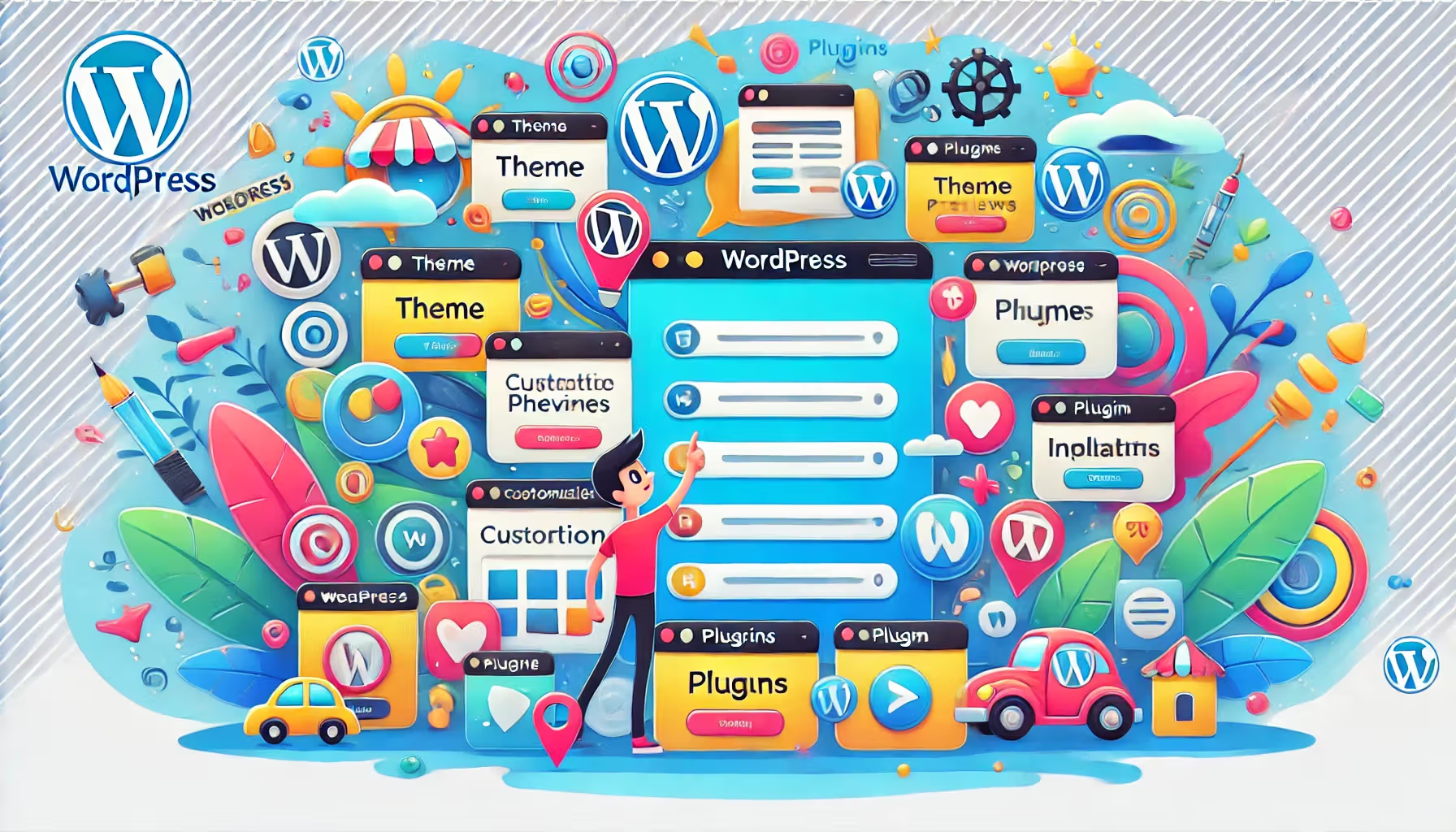
👌 Recommended Theme Installation
🌈 Your website’s design significantly impacts user experience (UX) and search engine optimization (SEO). A well-structured WordPress theme allows you to customize the layout, colors, typography, and overall aesthetics of your site—all without needing to code.
🔝 There are many high-quality WordPress themes available, each offering unique advantages. If you’re optimizing a site for SEO, many popular themes already come with built-in features that eliminate the need for switching to a new theme.
👍Some of the most widely used and SEO-friendly themes include:
Astra – Lightweight, fast, and optimized for SEO.
GeneratePress – Minimalistic, highly customizable, and performance-focused.
OceanWP – Feature-rich and ideal for eCommerce and dynamic content.
Neve – Modern, mobile-friendly, and easy to integrate with page builders.
✨✨✨ Hello Elementor Child Theme ✨✨✨
I personally use and recommend Hello Elementor Child Theme, a theme I developed as a lightweight, SEO-optimized solution. Built on Hello Elementor, it retains maximum performance while adding advanced features to streamline development.
Unlike many themes that require multiple plugins for customization, Hello Elementor Child Theme comes with built-in enhancements, reducing the number of extra plugins needed while maintaining speed and flexibility. It’s the perfect choice for those looking for an SEO-friendly, high-performance, and fully customizable WordPress theme.
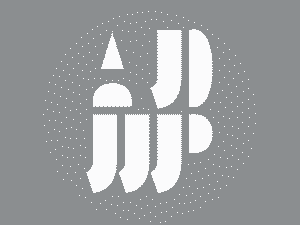
🔑 Key Features of Hello Elementor Child Theme
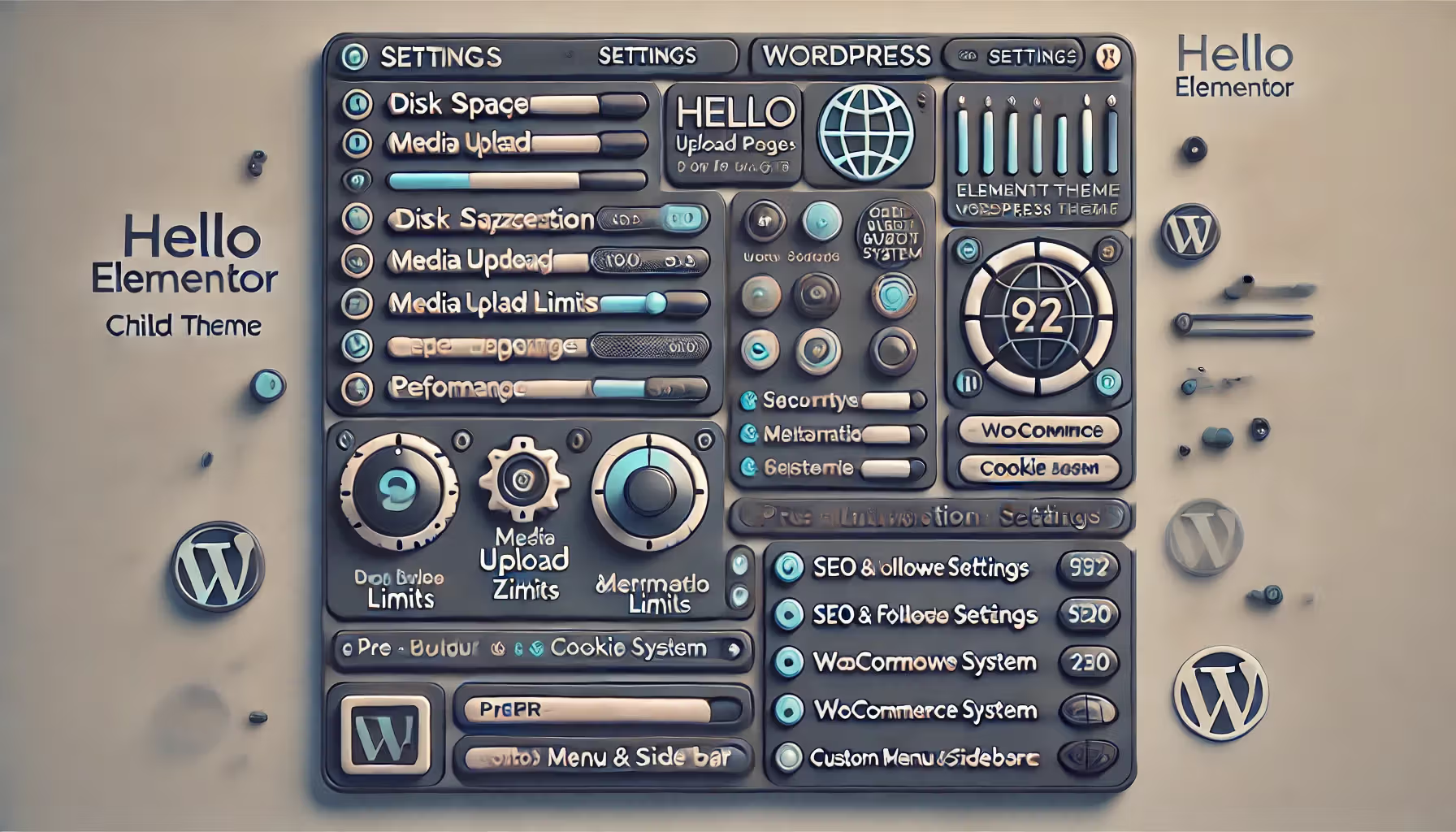
💾 Customizable Disk Space Allocation – Assign storage limits for different user roles to manage server space efficiently.
📤 Customizable Upload Sizes for Images & Videos – Optimize media sizes for faster loading and a cleaner website.
🗐 Pre-Built User Pages – Includes User Profiles, Dashboards, Privacy Policy, and Cookie Notice pages, ready to use.
🍪 Cookie Popup Message – Customizable GDPR-compliant cookie notice with a “Read More” link.
🚀 SEO & Metadata Enhancements – Built-in Meta Keywords & Descriptions fields and Google Tag Manager integration.
👥 User Interaction Features – Like & Follow system, Post & Page View Counter.
🔐 Security & Access Controls – Restrict admin access, hide admin bar, cookie-secure login, and hide all admin notices.
🛒 WooCommerce Compatibility – Full support for WooCommerce for a seamless eCommerce experience.
🖼️ Performance Optimization – Stop extra image sizes, optimize media loading, and prevent unnecessary file bloat.
⚙️ Custom Menu & Sidebar Management – Advanced navigation customization for better user experience.
👤 User Personal Page – Each user has their own dedicated page where they can update their profile, add contact details, and manage a list of their created posts and content.
🚫 User Role-Based Access & Restrictions
☑ Limit user access to their own posts, media, and comments.
☑ Enable/Disable upload & post capabilities for contributors and subscribers.
☑ Set role-based disk space allocations
🎞️ Upload & Image Optimization
☑ Adjustable upload size for media
☑ Optimize large image dimensions
☑ Control thumbnail sizes
👌 Essential WordPress Plugins
WordPress plugins enhance functionality, improve user experience, and optimize SEO. However, installing too many plugins can slow down your site, so it’s crucial to choose the right ones. Below are some of the most essential plugins that every WordPress website should have:
Yoast SEO – One of the best SEO plugins available, Yoast helps optimize your content for search engines, ensuring you rank higher on Google with keyword suggestions, readability analysis, and technical SEO improvements.
Elementor – A powerful drag-and-drop page builder that allows you to design stunning, responsive pages without coding. It’s user-friendly and perfect for beginners.
Elementor Pro – The premium version of Elementor unlocks advanced widgets, theme-building capabilities, custom pop-ups, and WooCommerce integration, making it an all-in-one design solution.
Classic Editor – If you prefer the old WordPress editor over the newer Gutenberg block editor, this plugin restores the classic interface, offering a more familiar and straightforward experience.
Lazy Load Plugins (e.g., WP Rocket, Lazy Load by WP Rocket) – These plugins improve website speed by delaying the loading of images and videos until they are needed, reducing page load times and enhancing SEO.
WPForms – A beginner-friendly form builder that allows you to create contact forms, surveys, and lead capture forms effortlessly.
WooCommerce – If you plan to sell products or services online, WooCommerce is the best eCommerce plugin for WordPress, offering secure payments, product management, and inventory tracking.
Security & Backup Plugins (e.g., Wordfence, UpdraftPlus) – Protects your website from malware and hacking attempts while ensuring automatic backups to prevent data loss.
My Custom WordPress Plugins for Enhanced Functionality & SEO

In addition to the must-have plugins above, I’ve developed lightweight, SEO-optimized plugins that provide essential features without slowing down your website. These plugins seamlessly integrate with my Hello Elementor Child Theme and offer advanced customization, navigation, and SEO tools.
AJDWP-GitHub-Sync – Enables one-click installation of all my custom themes and plugins directly from GitHub—free, always up-to-date, and optimized for performance.







Why Use These Plugins?
Instead of installing dozens of separate plugins that slow down your site, my AJDWP plugin suite provides an all-in-one solution for SEO, performance, customization, and user experience—ensuring your website runs smoothly and efficiently. 🚀
Recommended Tools for This Course
During this course, I’ll be using various development, design, and optimization tools to help you build, customize, and enhance your WordPress website. Below is a list of the essential software and online tools that I use in web development and SEO.
 Offline Development Tools
Offline Development Tools
These tools help you write code, manage files, optimize images, and test your website locally before publishing it online.
VS Code (Visual Studio Code) – A powerful code editor with smart autocompletion, debugging, and extensions for PHP, JavaScript, and CSS. It’s one of the best IDEs for web development.
Notepad++ – A lightweight text editor for quick HTML, CSS, and PHP edits. Supports syntax highlighting, making code easier to read and manage.
Color Picker – A simple tool for selecting accurate color codes (HEX, RGB) for web design. Helps maintain consistent branding and UI aesthetics.
WAMP,
XAMPP or
LocalWP – Local server environments that allow you to install WordPress on your computer for testing and development before launching your site live.
- WAMP (for Windows) & XAMPP (for Windows/Mac/Linux) provide Apache, MySQL, and PHP to run WordPress locally.
- LocalWP is a modern, easy-to-use alternative optimized for WordPress development.
XL Converter – A useful file conversion tool to convert between different image formats, ensuring compatibility across different platforms.
JPEG Imager – An image compression tool that reduces the file size of JPEG images while maintaining quality, helping improve website loading speed.
MS Office Word &
Excel – Essential for drafting content, creating structured spreadsheets for planning website content, managing SEO keywords, and tracking project progress.
 Online Tools for Design & Optimization
Online Tools for Design & Optimization
These cloud-based tools help with design, branding, content creation, and file conversion.


An AI-powered assistant that helps generate content ideas, optimize SEO, and debug code for WordPress websites.


An easy-to-use online logo design tool for creating website logos, branding elements, and social media graphics.
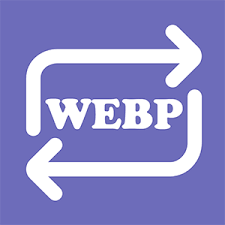

A versatile image conversion tool for resizing, compressing, and changing file formats (JPG, PNG, SVG, etc.), ensuring website images are optimized for speed.

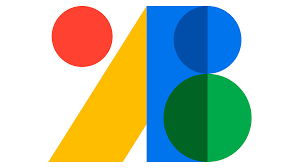

A library of free web fonts to enhance typography on your website, improving readability and design consistency.
🚀 Up Next in the Tutorial:
👉 How to edit and customize a page
👉 Creating and managing content effectively
👉 Understanding page elements and HTML tags
 Astra – Lightweight, fast, and optimized for SEO.
Astra – Lightweight, fast, and optimized for SEO. GeneratePress – Minimalistic, highly customizable, and performance-focused.
GeneratePress – Minimalistic, highly customizable, and performance-focused. OceanWP – Feature-rich and ideal for eCommerce and dynamic content.
OceanWP – Feature-rich and ideal for eCommerce and dynamic content. Neve – Modern, mobile-friendly, and easy to integrate with page builders.
Neve – Modern, mobile-friendly, and easy to integrate with page builders. Yoast SEO – One of the best SEO plugins available, Yoast helps optimize your content for search engines, ensuring you rank higher on Google with keyword suggestions, readability analysis, and technical SEO improvements.
Yoast SEO – One of the best SEO plugins available, Yoast helps optimize your content for search engines, ensuring you rank higher on Google with keyword suggestions, readability analysis, and technical SEO improvements. Elementor – A powerful drag-and-drop page builder that allows you to design stunning, responsive pages without coding. It’s user-friendly and perfect for beginners.
Elementor – A powerful drag-and-drop page builder that allows you to design stunning, responsive pages without coding. It’s user-friendly and perfect for beginners.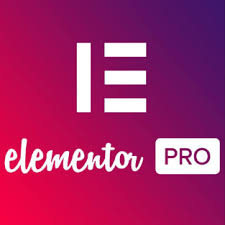 Elementor Pro – The premium version of Elementor unlocks advanced widgets, theme-building capabilities, custom pop-ups, and WooCommerce integration, making it an all-in-one design solution.
Elementor Pro – The premium version of Elementor unlocks advanced widgets, theme-building capabilities, custom pop-ups, and WooCommerce integration, making it an all-in-one design solution. Classic Editor – If you prefer the old WordPress editor over the newer Gutenberg block editor, this plugin restores the classic interface, offering a more familiar and straightforward experience.
Classic Editor – If you prefer the old WordPress editor over the newer Gutenberg block editor, this plugin restores the classic interface, offering a more familiar and straightforward experience. Lazy Load Plugins (e.g., WP Rocket, Lazy Load by WP Rocket) – These plugins improve website speed by delaying the loading of images and videos until they are needed, reducing page load times and enhancing SEO.
Lazy Load Plugins (e.g., WP Rocket, Lazy Load by WP Rocket) – These plugins improve website speed by delaying the loading of images and videos until they are needed, reducing page load times and enhancing SEO.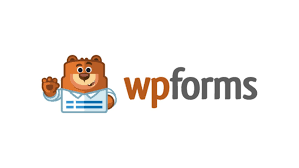 WPForms – A beginner-friendly form builder that allows you to create contact forms, surveys, and lead capture forms effortlessly.
WPForms – A beginner-friendly form builder that allows you to create contact forms, surveys, and lead capture forms effortlessly. WooCommerce – If you plan to sell products or services online, WooCommerce is the best eCommerce plugin for WordPress, offering secure payments, product management, and inventory tracking.
WooCommerce – If you plan to sell products or services online, WooCommerce is the best eCommerce plugin for WordPress, offering secure payments, product management, and inventory tracking. Security & Backup Plugins (e.g., Wordfence, UpdraftPlus) – Protects your website from malware and hacking attempts while ensuring automatic backups to prevent data loss.
Security & Backup Plugins (e.g., Wordfence, UpdraftPlus) – Protects your website from malware and hacking attempts while ensuring automatic backups to prevent data loss. Offline Development Tools
Offline Development Tools VS Code (Visual Studio Code) – A powerful code editor with smart autocompletion, debugging, and extensions for PHP, JavaScript, and CSS. It’s one of the best IDEs for web development.
VS Code (Visual Studio Code) – A powerful code editor with smart autocompletion, debugging, and extensions for PHP, JavaScript, and CSS. It’s one of the best IDEs for web development. Notepad++ – A lightweight text editor for quick HTML, CSS, and PHP edits. Supports syntax highlighting, making code easier to read and manage.
Notepad++ – A lightweight text editor for quick HTML, CSS, and PHP edits. Supports syntax highlighting, making code easier to read and manage. Color Picker – A simple tool for selecting accurate color codes (HEX, RGB) for web design. Helps maintain consistent branding and UI aesthetics.
Color Picker – A simple tool for selecting accurate color codes (HEX, RGB) for web design. Helps maintain consistent branding and UI aesthetics. WAMP,
WAMP,  LocalWP – Local server environments that allow you to install WordPress on your computer for testing and development before launching your site live.
LocalWP – Local server environments that allow you to install WordPress on your computer for testing and development before launching your site live. XL Converter – A useful file conversion tool to convert between different image formats, ensuring compatibility across different platforms.
XL Converter – A useful file conversion tool to convert between different image formats, ensuring compatibility across different platforms. JPEG Imager – An image compression tool that reduces the file size of JPEG images while maintaining quality, helping improve website loading speed.
JPEG Imager – An image compression tool that reduces the file size of JPEG images while maintaining quality, helping improve website loading speed. MS Office Word &
MS Office Word &  Excel – Essential for drafting content, creating structured spreadsheets for planning website content, managing SEO keywords, and tracking project progress.
Excel – Essential for drafting content, creating structured spreadsheets for planning website content, managing SEO keywords, and tracking project progress. Online Tools for Design & Optimization
Online Tools for Design & Optimization